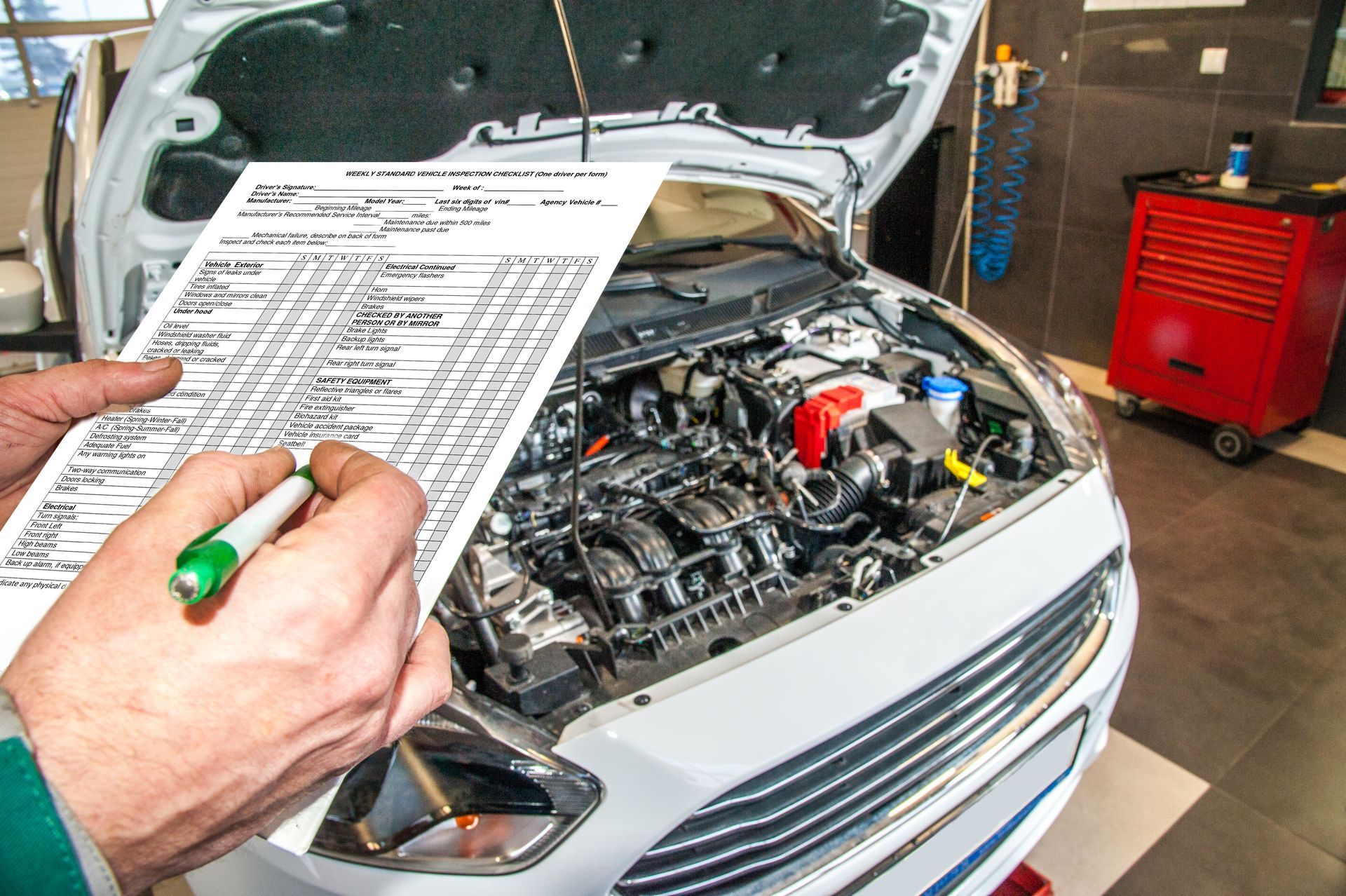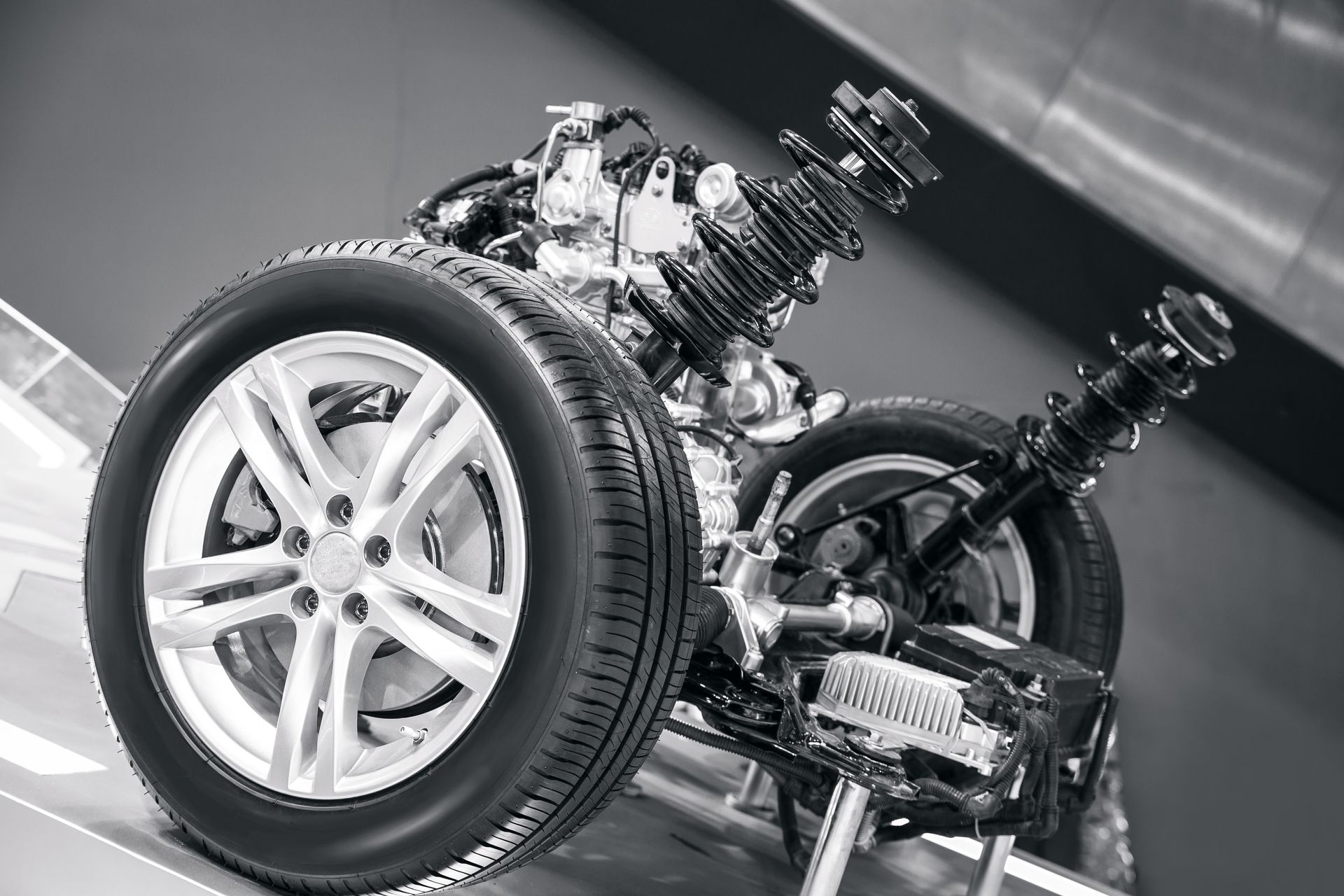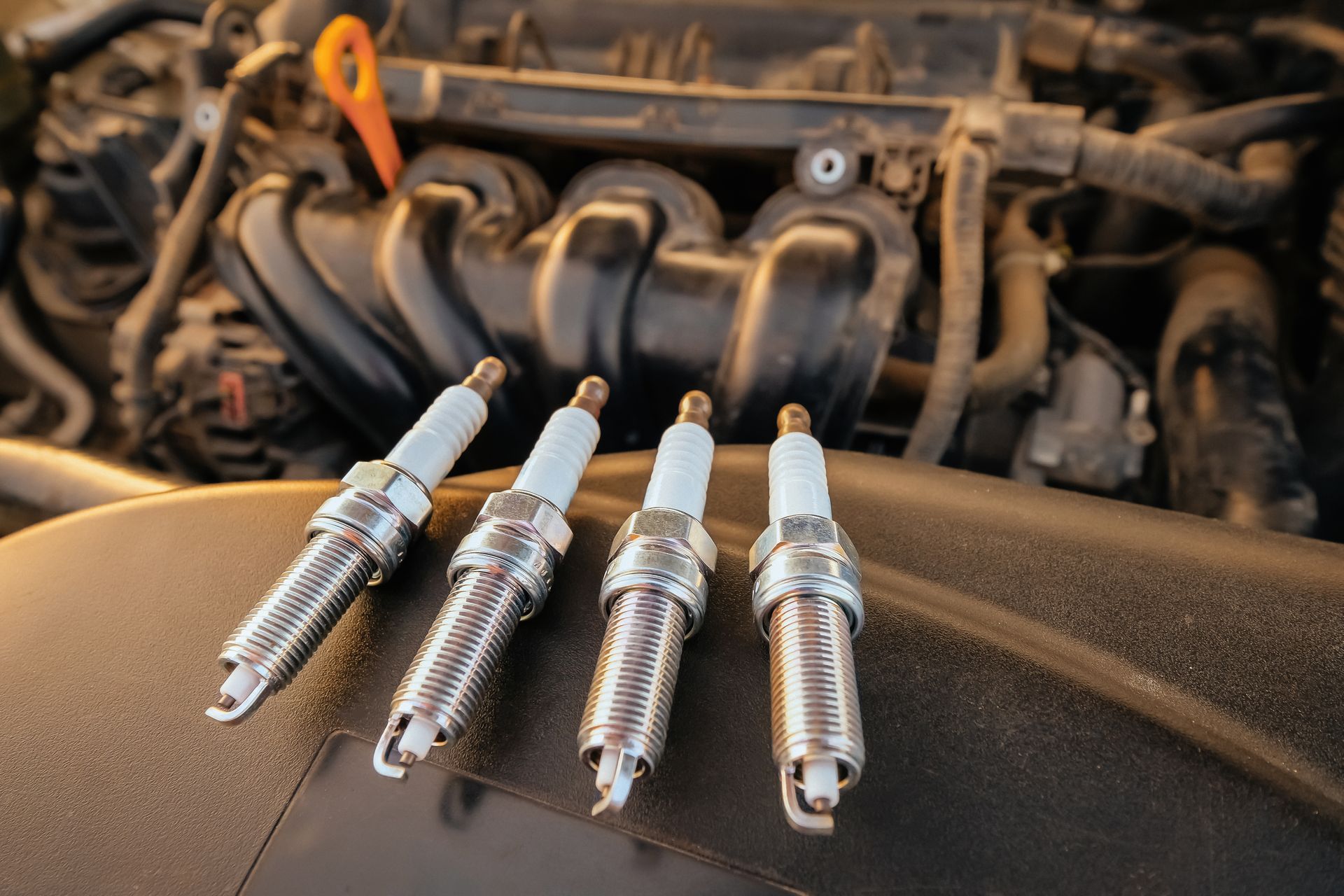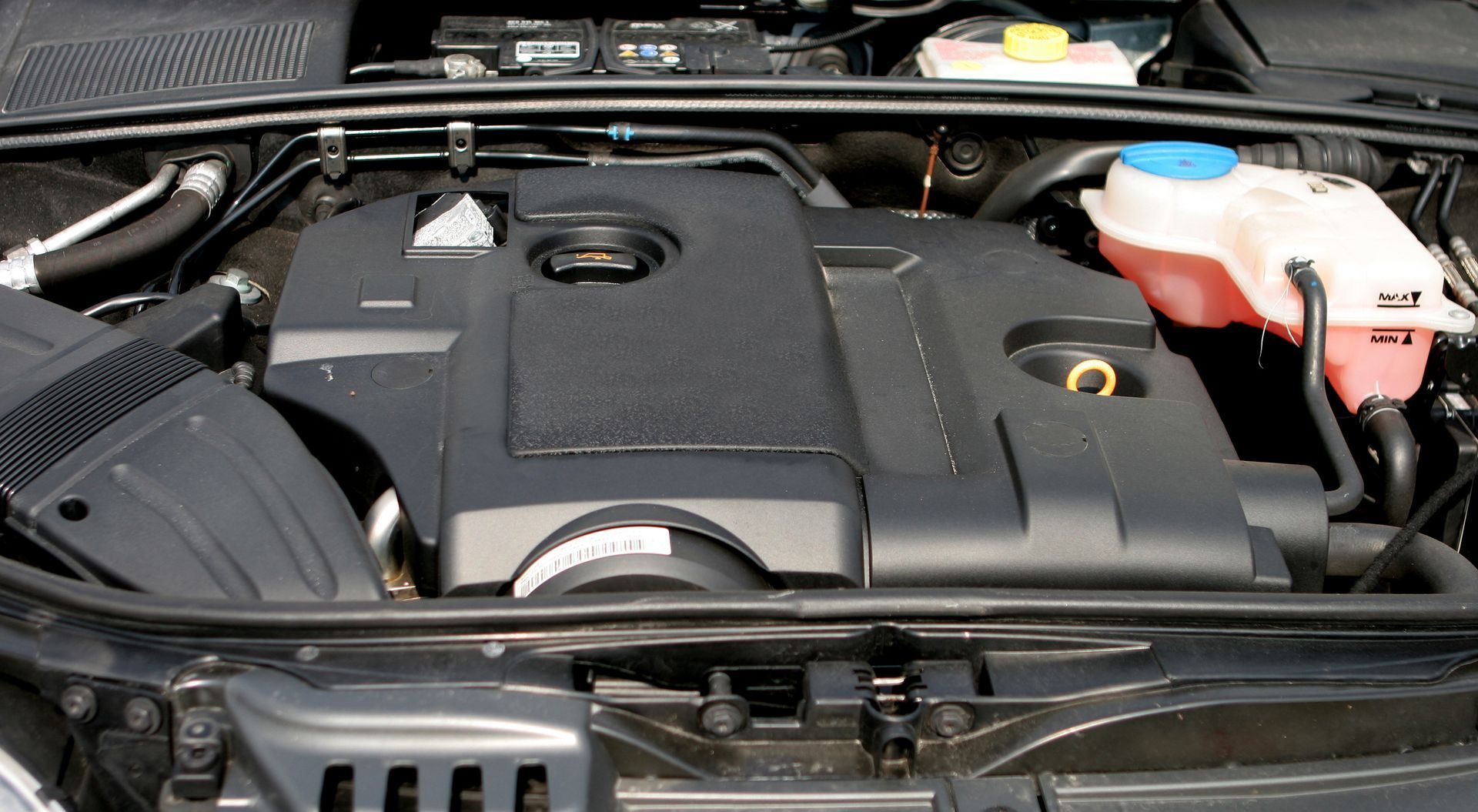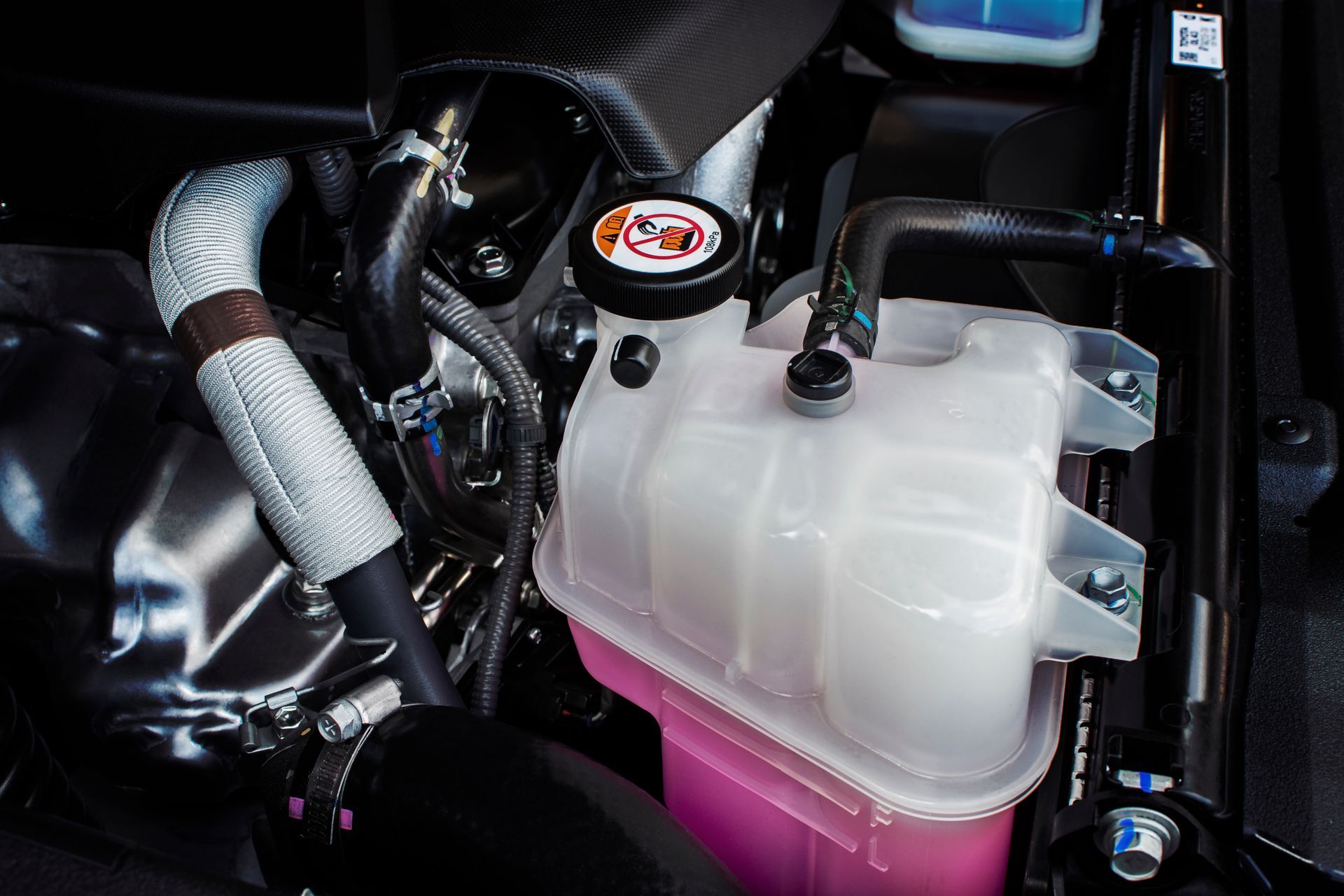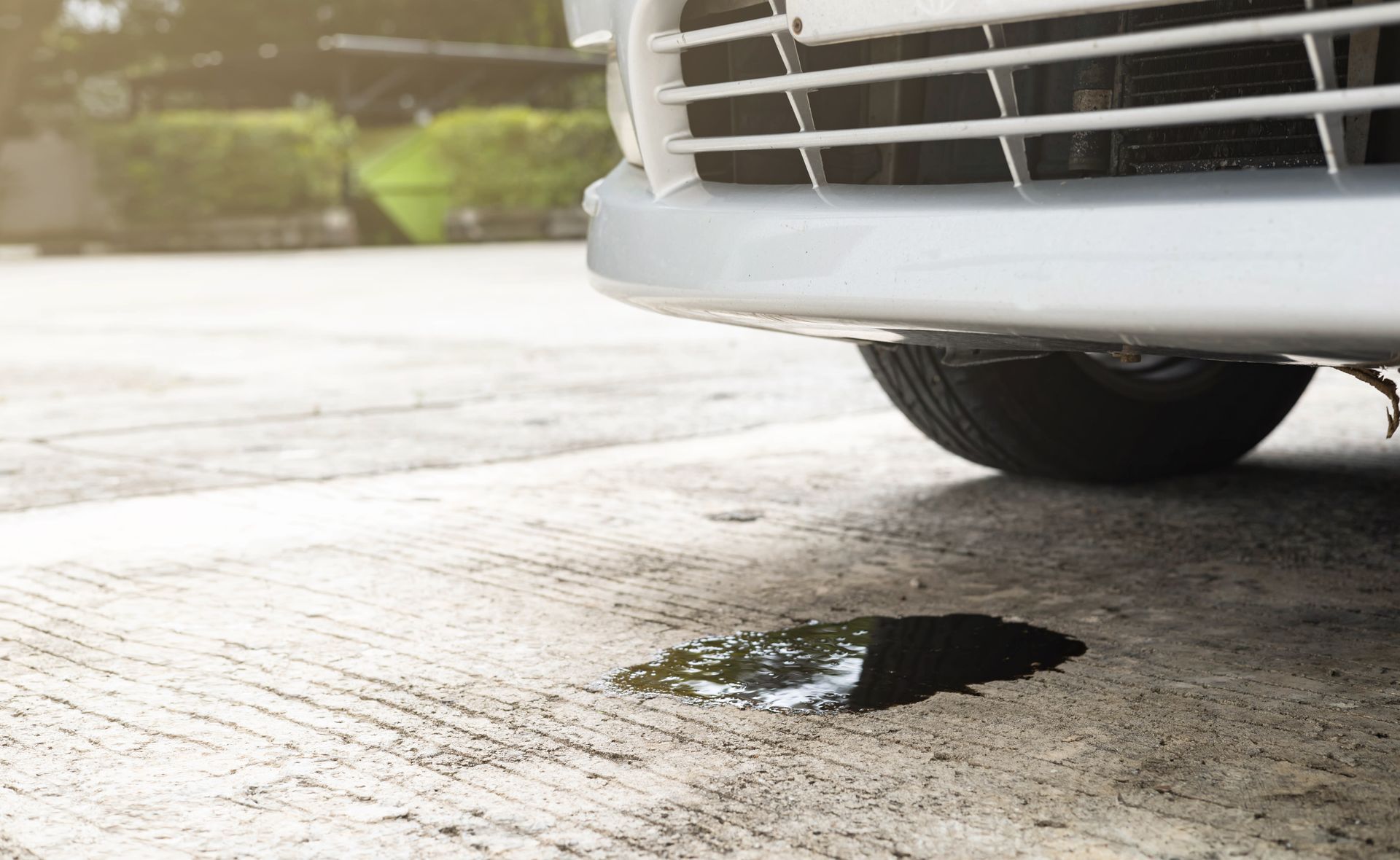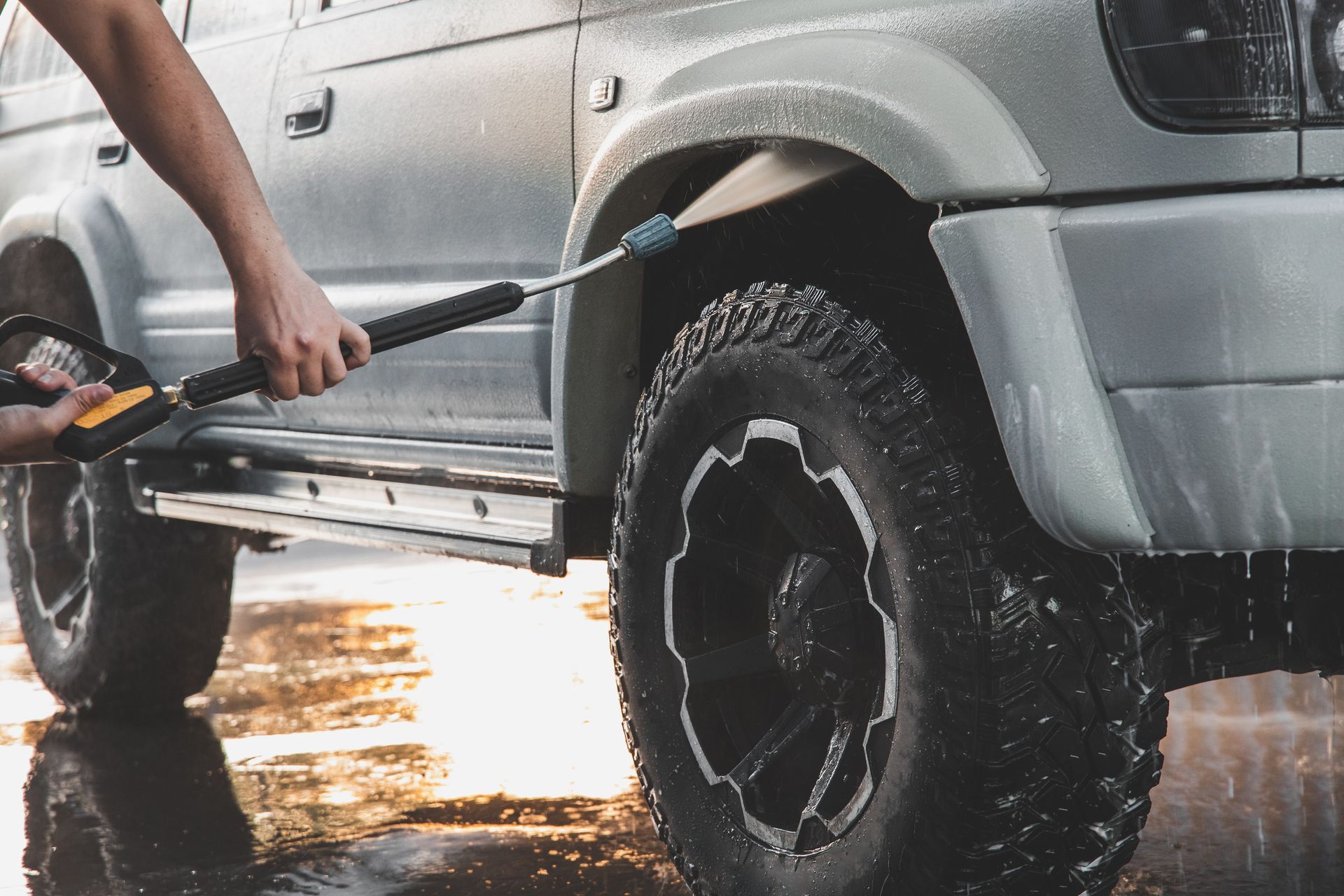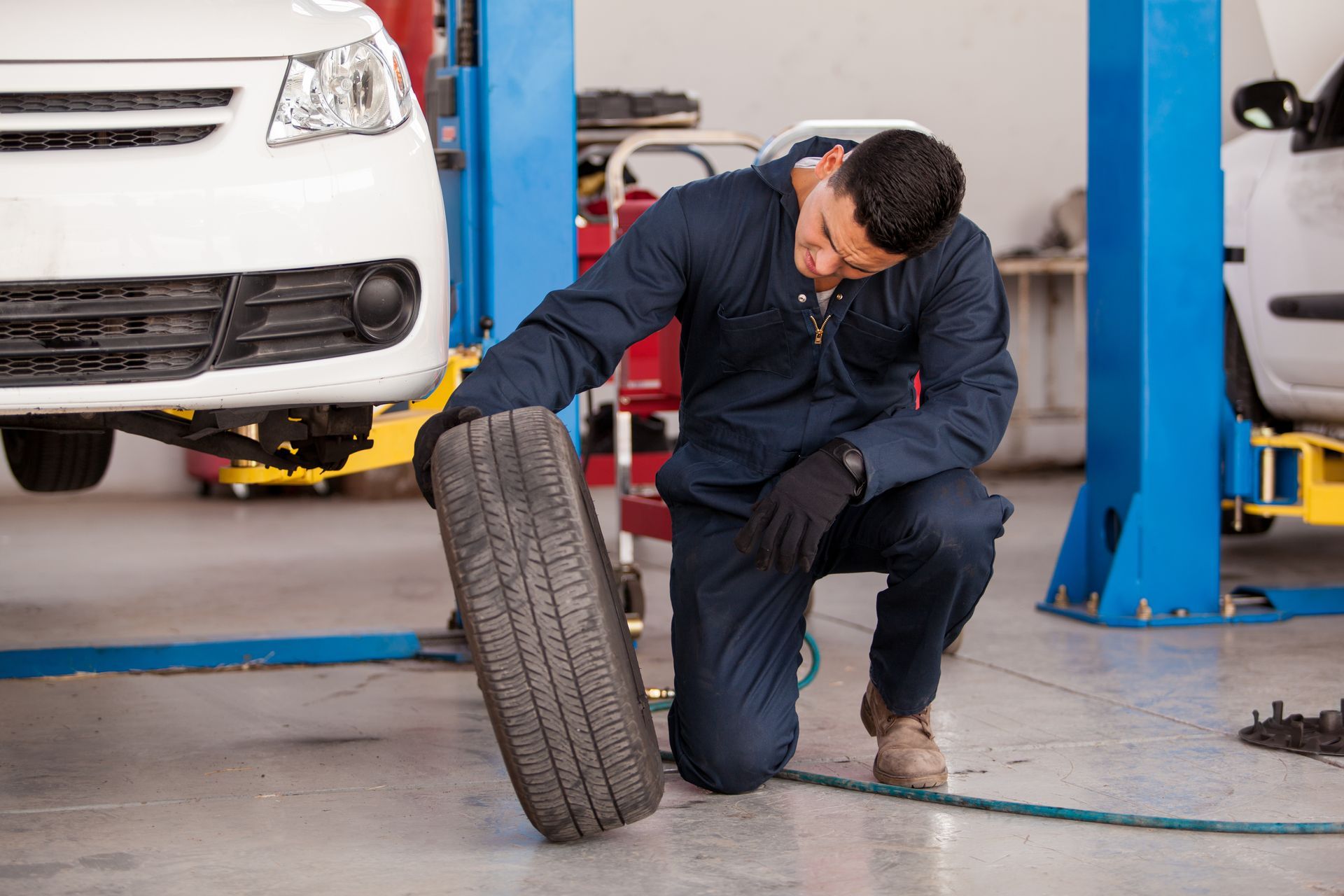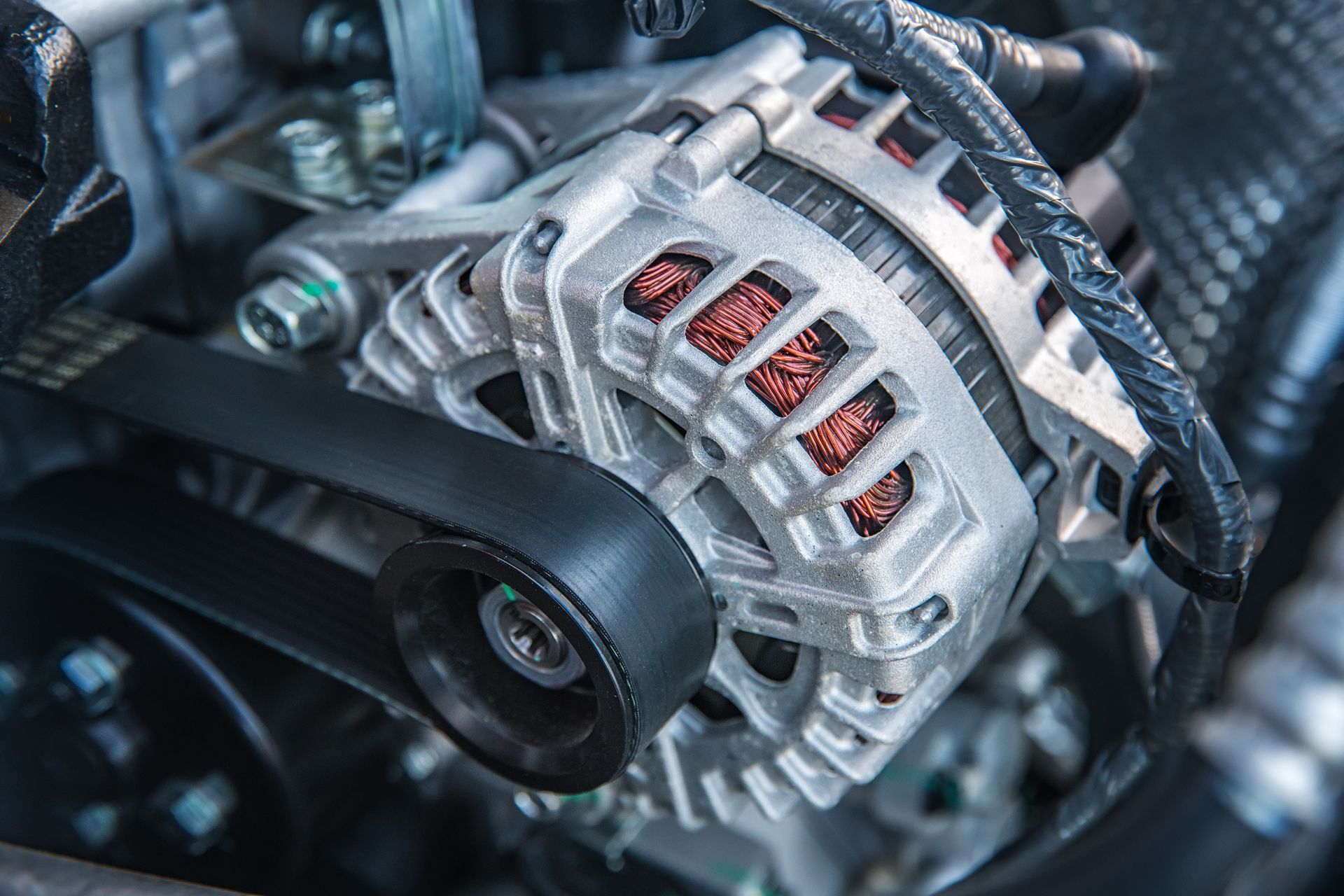Seeing a warning light pop up on your dashboard can be unsettling, especially if you’re unsure what it means. The traction control light is one of those indicators that drivers often overlook, but it’s there for a reason.
When this light comes on, your vehicle is alerting you to changes in road conditions or possible issues within the system designed to keep you safe while driving. Understanding why the light activates can help you respond appropriately and prevent more serious problems down the road.
What the Traction Control System Does
Your vehicle’s traction control system works alongside the anti-lock braking system (ABS) to help maintain grip between your tires and the road. Sensors monitor wheel speed, and if one or more wheels begin to lose traction, the system steps in automatically. It can reduce engine power, apply braking to specific wheels, or make other adjustments to stabilize the vehicle.
This feature is especially valuable when driving on wet, icy, or loose surfaces where losing control is more likely. If the light comes on momentarily during slippery conditions, it usually means the system is working exactly as it should.
When the Light Comes On Briefly
In many cases, the traction control light illuminates only while the system is actively adjusting to a loss of traction. For example, driving on a rainy road, hitting a patch of gravel, or accelerating quickly on a slick surface can all cause the light to flash temporarily.
If it turns off after a few seconds and the car feels stable, you generally don’t need to worry. However, if the light stays on continuously, it’s time to pay closer attention.
Constantly Illuminated Light
A traction control light that stays on while driving often indicates a problem within the system itself. Common causes include:
- Faulty wheel speed sensors – These sensors monitor how fast each wheel turns. If one fails, the system may not detect traction loss properly.
- Damaged wiring or connectors – Exposed or corroded wires can interrupt communication between components.
- Problems with the ABS module – Since the traction control system works closely with ABS, issues within the module can trigger warning lights for both systems.
- System deactivation – In some vehicles, turning off traction control manually will keep the light on until it’s re-enabled.
When the light doesn’t go away, even in dry conditions, scheduling a diagnostic test can help identify the exact cause.
How Driving Conditions Affect Traction Control
Even if your traction control system is functioning perfectly, road and weather conditions still play a big role in how often it activates. Driving in rain, snow, or ice forces the system to work harder, which can make the light flash more frequently. Similarly, worn or improperly inflated tires reduce traction and may cause the system to intervene more often.
Inspecting your tires regularly and keeping them in good condition helps reduce how often the traction control system needs to step in.
Driving With the Light On
If the traction control light comes on but your vehicle feels stable and responsive, you can usually keep driving safely for a short time. However, driving long distances without addressing a constant warning isn’t recommended.
When traction control isn’t working properly, your car is more likely to lose grip on slick or uneven surfaces. This is especially dangerous at higher speeds or in poor weather conditions. Addressing the problem sooner rather than later keeps your safety systems functioning when you need them most.
Regular Maintenance Prevents Problems
Routine inspections during tire rotations, brake checks, and fluid services give technicians a chance to spot potential traction control issues early. Problems like faulty sensors or loose wiring are often easier and less expensive to fix when caught early.
Since the traction control system is closely tied to other safety features, keeping it maintained ensures your entire vehicle remains stable and secure under all driving conditions.
Reliable Traction Control Diagnostics at Gibbon Tire and Auto
At Gibbon Tire and Auto in Charlotte, NC, our technicians can quickly diagnose traction control issues and restore your system to proper working order. Whether it’s a faulty sensor, damaged wiring, or an ABS-related problem, we have the tools and experience to get you back on the road with confidence.
Don’t ignore your traction control light. Schedule an inspection today with Gibbon Tire and Auto and make sure your vehicle’s safety systems are ready to handle any conditions.
